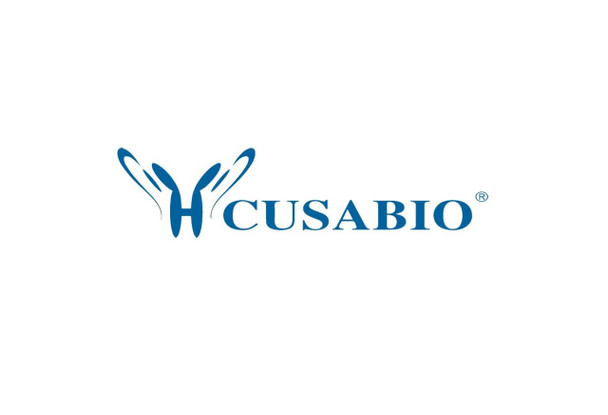Cusabio Mouse Recombinants
Recombinant Mouse Murinoglobulin-1 (Mug1) , partial | CSB-EP328826MO
- SKU:
- CSB-EP328826MO
- Availability:
- 3 - 7 Working Days
Description
Recombinant Mouse Murinoglobulin-1 (Mug1) , partial | CSB-EP328826MO | Cusabio
Alternative Name(s): Mug1; Mug-1Murinoglobulin-1; MuG1
Gene Names: Mug1
Research Areas: Others
Organism: Mus musculus (Mouse)
AA Sequence: TPEISWSLRTTLSKRPEEPPRKDPSSNDPLTETIRKYFPETWVWDIVTVNSTGLAEVEMTVPDTITEWKAGALCLSNDTGLGLSSVVPLQAFKPFFVEVSLPYSVVRGEAFMLKATVMNYLPTSMQMSVQLEASPDFTAVPVGDDQDSYCLSANGRHTSSWLVTPKSLGNVNFSVSAEAQQSSEPCGSEVATVPETGRKDTVVKVLIVEPE
Source: E.coli
Tag Info: N-terminal 6xHis-tagged
Expression Region: 700-910aa
Sequence Info: Partial
MW: 27 kDa
Purity: Greater than 90% as determined by SDS-PAGE.
Relevance: A proteinase activates the inhibitor by specific proteolysis in the bait region, which, by an unknown mechanism leads to reaction at the cysteinyl-glutamyl internal thiol ester site and to a conformational change, whereby the proteinase is trapped and/or covalently bound to the inhibitor. While in the tetrameric proteinase inhibitors steric inhibition is sufficiently strong, monomeric forms need a covalent linkage between the activated glutamyl residue of the original thiol ester and a terminal amino group of a lysine or another nucleophilic group on the proteinase, for inhibition to be effective.
Reference: Enhanced analysis of the mouse plasma proteome using cysteine-containing tryptic glycopeptides.Bernhard O.K., Kapp E.A., Simpson R.J.J. Proteome Res. 6:987-995(2007)
Storage: The shelf life is related to many factors, storage state, buffer ingredients, storage temperature and the stability of the protein itself. Generally, the shelf life of liquid form is 6 months at -20?/-80?. The shelf life of lyophilized form is 12 months at -20?/-80?.
Notes: Repeated freezing and thawing is not recommended. Store working aliquots at 4? for up to one week.
Function: A proteinase activates the inhibitor by specific proteolysis in the bait region, which, by an unknown mechanism leads to reaction at the cysteinyl-glutamyl internal thiol ester site and to a conformational change, whereby the proteinase is trapped and/or covalently bound to the inhibitor. While in the tetrameric proteinase inhibitors steric inhibition is sufficiently strong, monomeric forms need a covalent linkage between the activated glutamyl residue of the original thiol ester and a terminal amino group of a lysine or another nucleophilic group on the proteinase, for inhibition to be effective.
Involvement in disease:
Subcellular Location: Secreted
Protein Families: Protease inhibitor I39 (alpha-2-macroglobulin) family
Tissue Specificity: Plasma.
Paythway:
Form: Liquid or Lyophilized powder
Buffer: If the delivery form is liquid, the default storage buffer is Tris/PBS-based buffer, 5%-50% glycerol. If the delivery form is lyophilized powder, the buffer before lyophilization is Tris/PBS-based buffer, 6% Trehalose, pH 8.0.
Reconstitution: We recommend that this vial be briefly centrifuged prior to opening to bring the contents to the bottom. Please reconstitute protein in deionized sterile water to a concentration of 0.1-1.0 mg/mL.We recommend to add 5-50% of glycerol (final concentration) and aliquot for long-term storage at -20?/-80?. Our default final concentration of glycerol is 50%. Customers could use it as reference.
Uniprot ID: P28665
HGNC Database Link: N/A
UniGene Database Link: UniGene
KEGG Database Link: KEGG
STRING Database Link: STRING
OMIM Database Link: N/A









